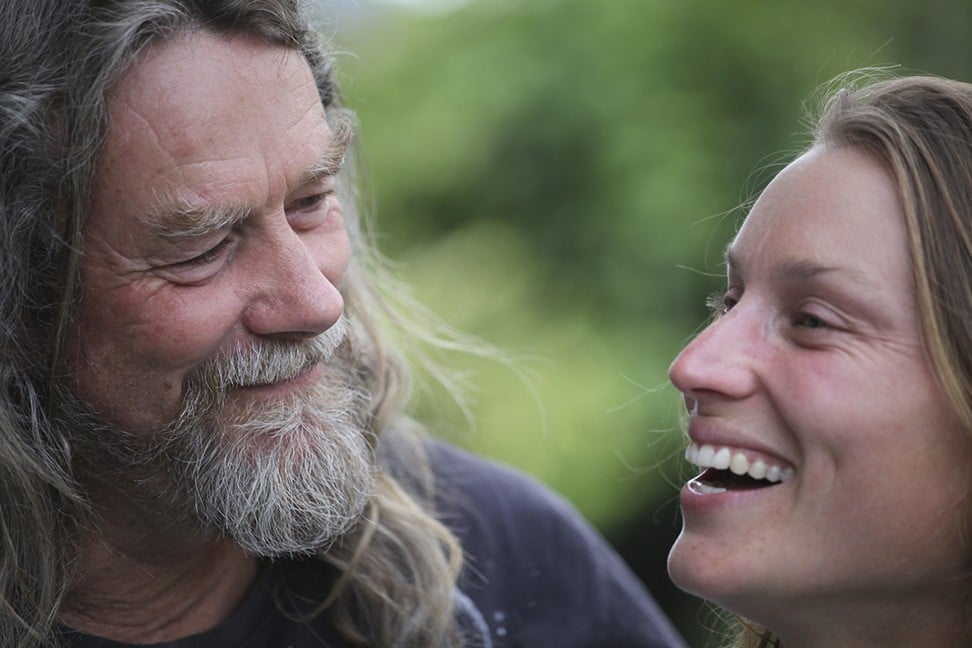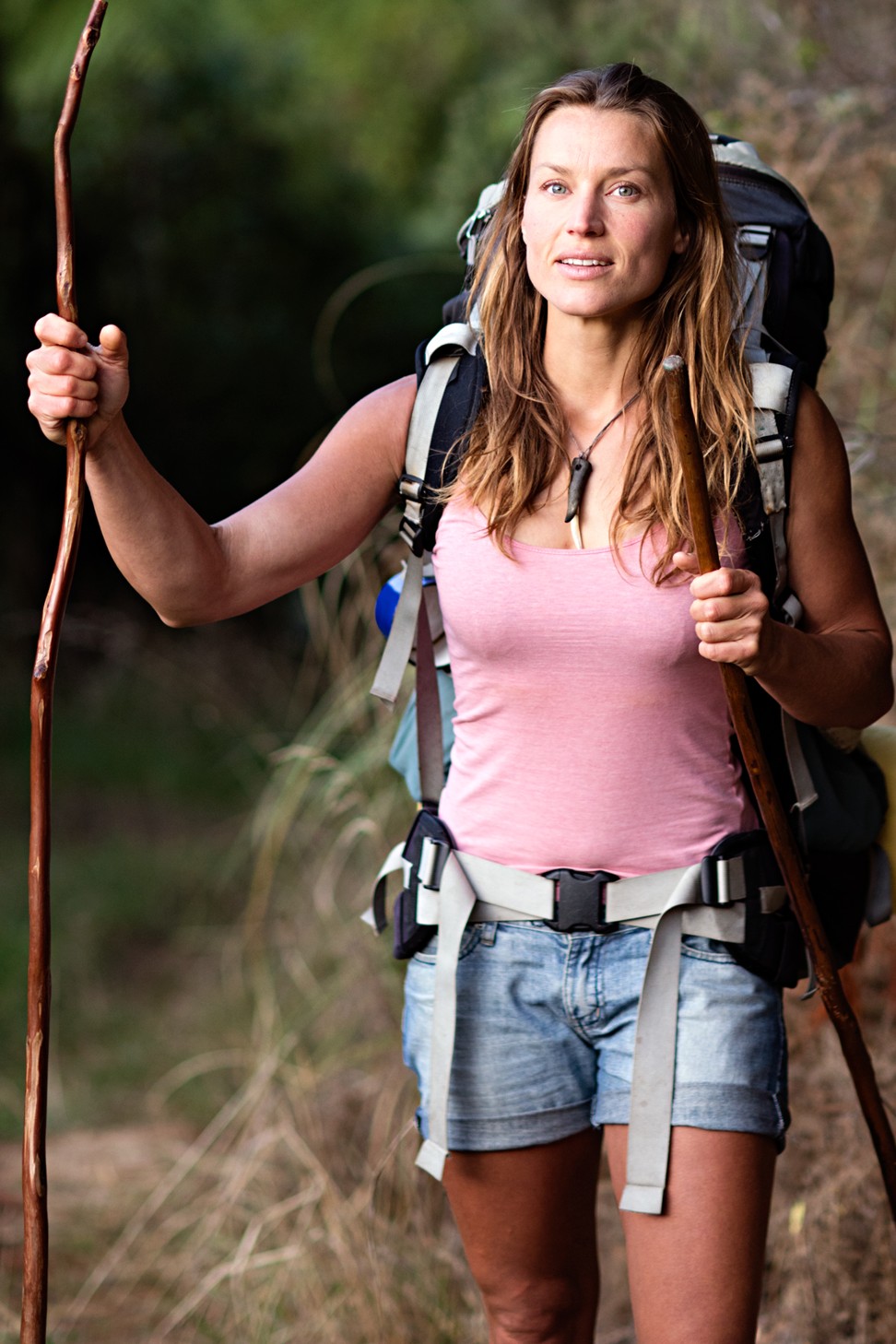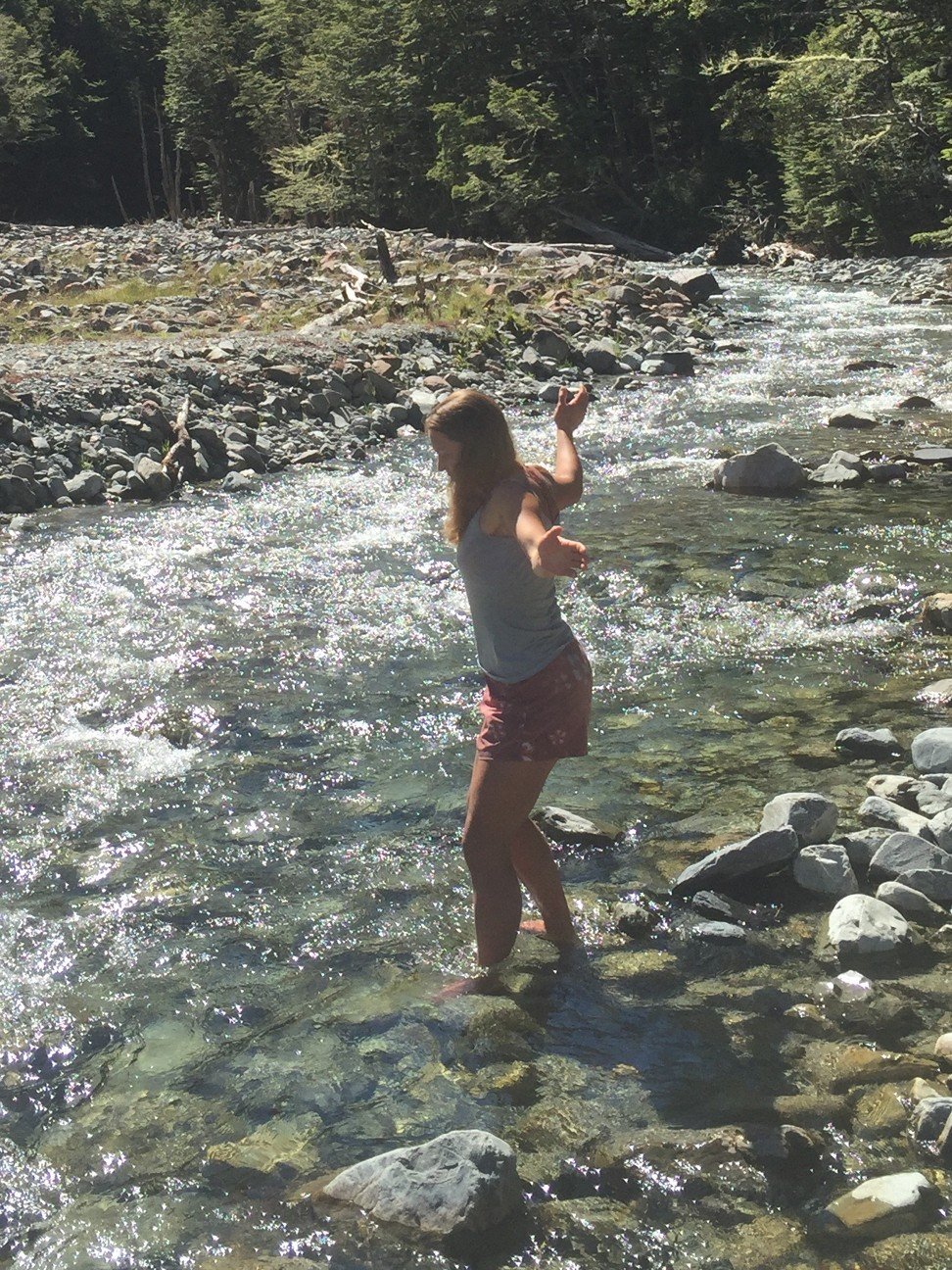
Mental health: no worries for survivalist Miriam Lancewood, living off grid in wild New Zealand, ‘thanks to the purity of nature and all this beauty’
- Woman in the Wilderness author says she and her husband escaped the ‘matrix’ of urban life, and its stresses, when they went to live in a tent in the wilds
- We have no anxieties, she says, I feel alive there. In contrast, urban living makes psychiatric disorders such as depression more likely, research shows
If ever you have dreamed of escaping the cost and stresses of life in the concrete jungle to live in nature, you may want to take some pointers from survivalist Miriam Lancewood. She and her husband, Peter Raine, have lived in the New Zealand wilderness for more than seven years.
Their life in a tent, cooking with fire, hunting and gathering food to survive and never staying long in one place was encapsulated in her bestselling memoir Woman in the Wilderness. She will share her survival insights with Hongkongers in a two-hour workshop at Twisk Campsite, Tai Mo Shan, on November 9.
Lancewood was staying at a friend’s house in New Zealand to use the phone for our chat – but she did not feel at home there. “There’s no wind in the house,” she remarks. “Nothing around me is living except machines that are kind of living, making lights, beeps and sounds.”

When I briefly describe Hong Kong life – the housing crisis, the property-related issues that routinely occupy citizens’ minds – Lancewood says she has been disconnected from such stressors, freed from the “matrix” in which one gets a job and does whatever it takes to sustain a home and all its modern conveniences.
“We have none of that, no anxieties because of it,” she says.
Her home is a tent in a natural setting under the skies. “Everything is living there – the river is always flowing, the animals, the plants … I feel alive myself,” says the nature lover and former physical education teacher, who joined her husband in adopting a nomadic lifestyle in 2010.
According to United Nations Department of Economic and Social Affairs data from 2018, 55 per cent of the global population lives in urban areas, and that is projected to reach 68 per cent by 2050.

Dutch researcher Dr Jaap Peen reviewed data from 20 population surveys from 1985 to 2010 and found higher rates of psychiatric disorders, particularly depression, in urban places. His 2010 meta-analysis was published in the journal Acta Psychiatrica Scandinavica.
The findings, published in the Proceedings of the National Academy of Sciences in 2015, suggested access to nature was “a critical resource for mental health in our rapidly urbanising world”.
I’m convinced the forest keeps you sane. The big trees … I don’t know what it is, they seem to pull your worries out of your head
For Lancewood and her partner, having the great outdoors as their backdrop makes them feel somehow smaller, and their personal issues and worries seem smaller, too. “They dissolved thanks to the purity of nature and all this beauty,” she says.
In the wild, she faces fears, like a thunderstorm during which trees might fall on their tent. Those feelings are fleeting, though, and when the danger passes, they are happy to be alive, she says. “But fear in society is ongoing, it’s relentless – and that is anxiety.”
They have no financial worries, as it costs little to sustain their lifestyle – about NZ$5,000 a year (US$3,200). In the past, if she ventured to town for supplies from a supermarket, Lancewood would borrow a guitar from friends to busk for cash. But now book royalties keep her flush. “We have no conflict – what are we going to fight about?” she says.

“Real life is unpredictable, anything can happen; you can die any time in an accident and that’s reality, there is actually no security,” she says. The cycle of life and death they see in the wild taught her this.
“I’m convinced the forest keeps you sane,” she says. “The big trees … I don’t know what it is, they seem to pull your worries out of your head.”

